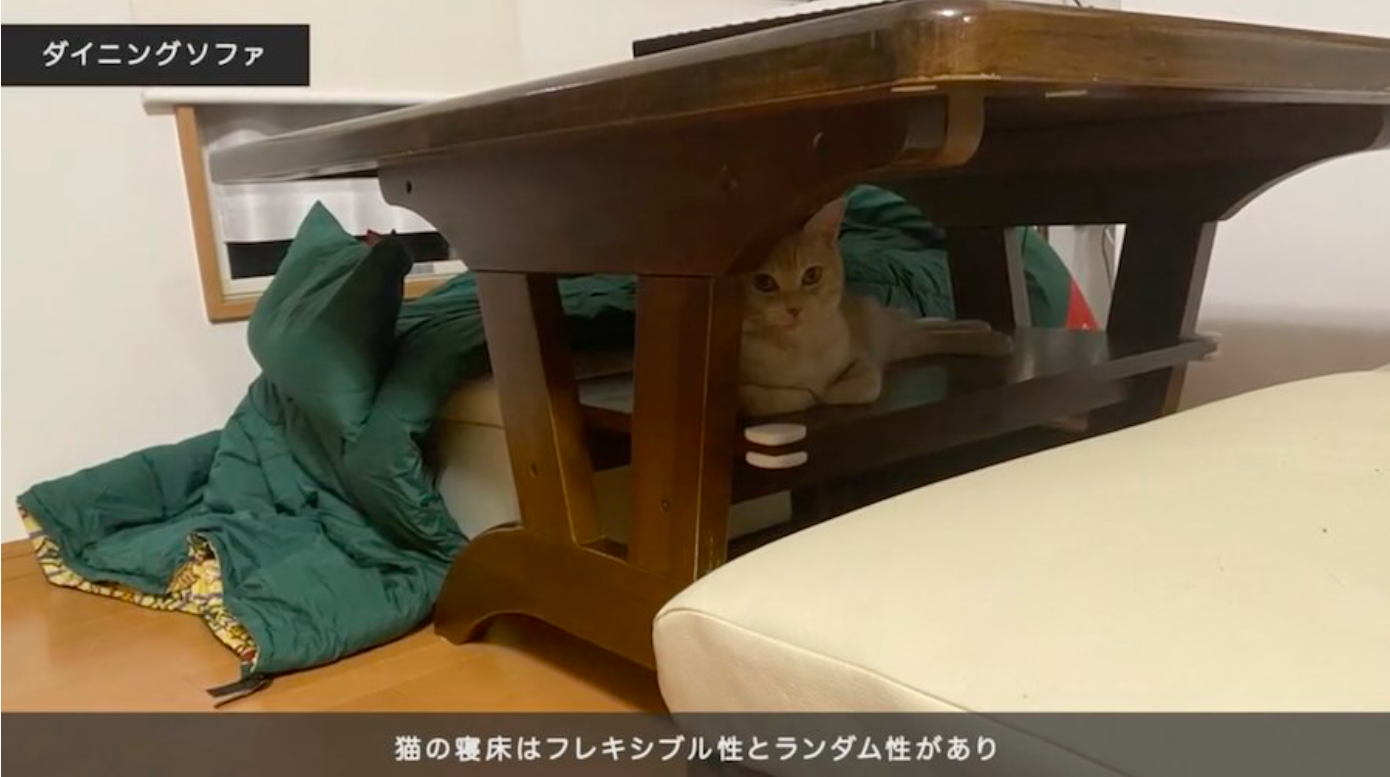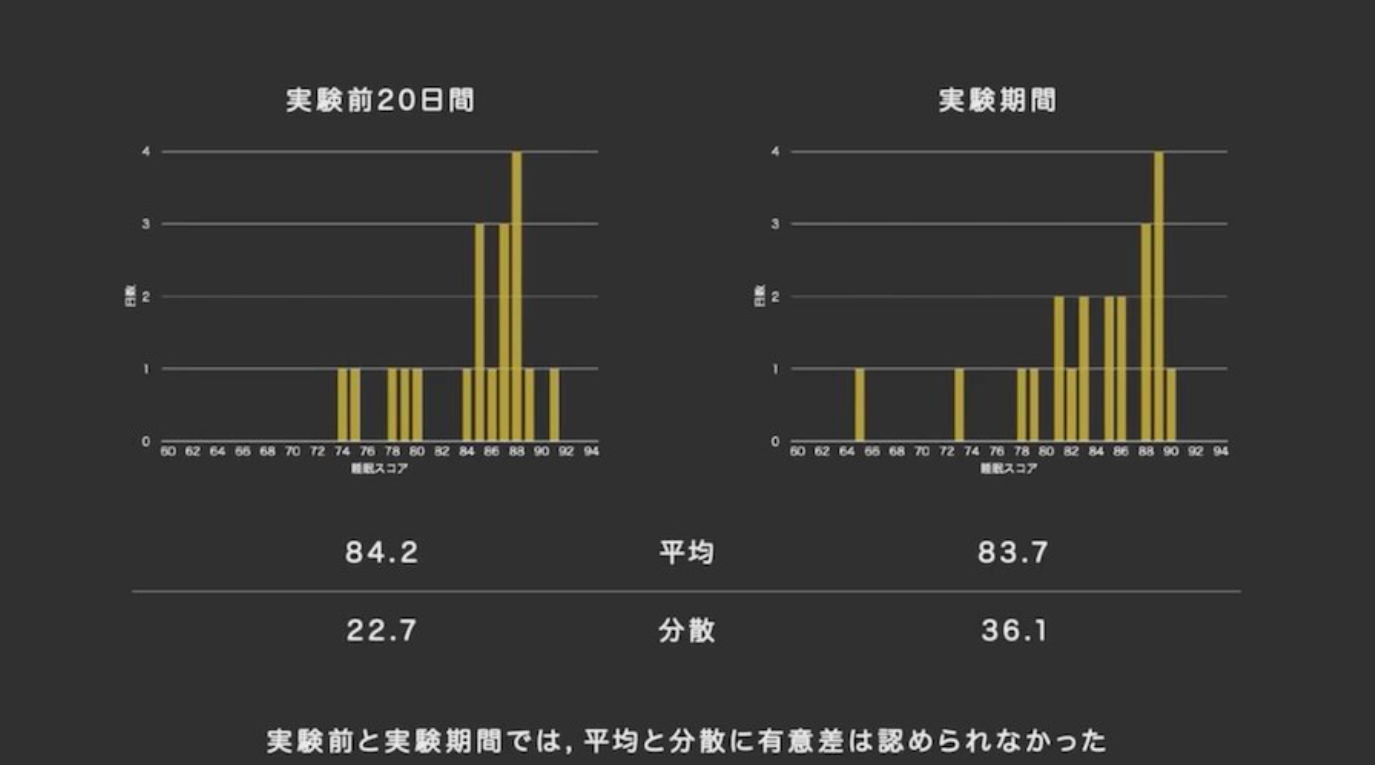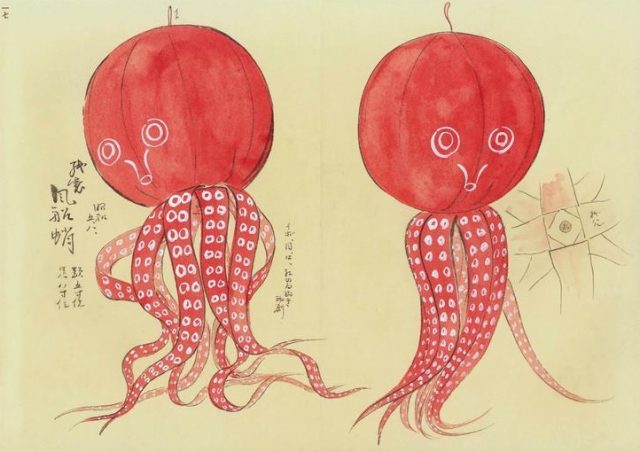I’ve been thinking lately about how and why utopian fiction shades into dystopian. Though we sometimes imagine the two modes as inversions of each other, perhaps they lie instead on a continuum, one along which all societies slide, from functional to dysfunctional. The central problem seems to be this: Utopian thought relies on putting the complications of human behavior on the shelf to make a maximally efficient social order—or of finding some convenient way to dispense with those complications. But it is precisely with this latter move that the trouble begins. How to make the mass of people compliant and pacific? Mass media and consumerism? Forced collectivization? Drugs?
Readers of dystopian fiction will recognize these as some of the design flaws in Aldous Huxley’s utopian/dystopian society of Brave New World, a novel that asks us to wrestle with the philosophical problem of whether we can create a fully functional society without robbing people of their agency and independence. Doesn’t every utopia, after all, imagine a world of strict hierarchies and controls? The original—Thomas More’s Utopia—gave us a patriarchal slave society (as did Plato’s Republic). Huxley’s Brave New World similarly situates humanity in a caste system, subordinated to technology and subdued with medication.
While Huxley’s utopia has eradicated the nuclear family and natural human reproduction—thus solving a population crisis—it is still a society ruled by the ideas of founding fathers: Henry Ford, H.G. Wells, Freud, Pavlov, Shakespeare, Thomas Robert Malthus. If you wanted to know, in the early 20th century, what the future would be like, you’d typically ask a famous man of ideas. Redbook magazine did just that in 1950, writes Matt Novak at Paleofuture; they “asked four experts—curiously all men, given that Redbook was and is a magazine aimed at women—about what the world may look like fifty years hence.”
One of those men was Huxley, and in his answers, he draws on at least two of Brave New World’s intellectual founders, Ford and Malthus, in predictions about population growth and the nature of work. In addition to the ever-present threats of war, Huxley first turns to the Malthusian problems of overpopulation and scarce resources.
During the next fifty years mankind will face three great problems: the problem of avoiding war; the problem of feeding and clothing a population of two and a quarter billions which, by 2000 A.D., will have grown to upward of three billions, and the problem of supplying these billions without ruining the planet’s irreplaceable resources.
As Novak points out, Huxley’s estimation is “less than half of the 6.1 billion that would prove to be a reality by 2000.” In order to address the problem of feeding, housing, and clothing all of those people, Huxley must make an “unhappily… large assumption—that the nations can agree to live in peace. In this event mankind will be free to devote all its energy and skill to the solution of its other major problems.”
“Huxley’s predictions for food production in the year 2000,” writes Novak, “are largely a call for the conservation of resources. He correctly points out that meat production can be far less efficient than using agricultural lands for crops.” Huxley recommends sustainable farming methods and the development of “new types of synthetic building materials and new sources for paper” in order to curb the destruction of the world’s forests. What he doesn’t account for is the degree to which the overwhelming greed of a powerful few would drive the exploitation of finite resources and hold back efforts at sustainable design, agriculture, and energy—a situation that some might consider an act of war.
But Huxley’s utopian predictions depend upon putting aside these complications. Like many mid-century futurists, he imagined a world of increased leisure and greater human fulfillment, but he “sees that potential for better working conditions and increased standards of living as obtainable only through a sustained peace.” When it comes to work, Huxley’s forecasts are partly Fordist: Advances in technology are one thing, but “work is work,” he writes, “and what matters to the worker is neither the product nor the technical process, but the pay, the hours, the attitude of the boss, the physical environment.”
To most office and factory workers in 2000 the application of nuclear fission to industry will mean very little. What they will care about is what their fathers and mothers care about today—improvement in the conditions of labor. Given peace, it should be possible, within the next fifty years, to improve working conditions very considerably. Better equipped, workers will produce more and therefore earn more.
Unfortunately, Novak points out, “perhaps Huxley’s most inaccurate prediction is his assumption that an increase in productivity will mean an increase in wages for the average worker.” Despite rising profits and efficiency, this has proven untrue. In a Freudian turn, Huxley also predicts the decentralization of industry into “small country communities, where life is cheaper, pleasanter and more genuinely human than in those breeding-grounds of mass neurosis…. Decentralization may help to check that march toward the asylum, which is a threat to our civilization hardly less grave than that of erosion and A‑bomb.”
While technological improvements in materials may not fundamentally change the concerns of workers, improvements in robotics and computerization may abolish many of their jobs, leaving increasing numbers of people without any means of subsistence. So we’re told again and again. But this was not yet the pressing concern in 2000 that it is for futurists just a few years later. Perhaps one of Huxley’s most prescient statements takes head-on the issue facing our current society—an aging population in which “there will be more elderly people in the world than at any previous time. In many countries the citizens of sixty-five and over will outnumber the boys and girls of fifteen and under.”
Pensions and a pointless leisure offer no solution to the problems of an aging population. In 2000 the younger readers of this article, who will then be in their seventies, will probably be inhabiting a world in which the old are provided with opportunities for using their experience and remaining strength in ways satisfactory to themselves, and valuable to the community.
Given the decrease in wages, rising inequality, and loss of home values and retirement plans, more and more of the people Huxley imagined are instead working well into their seventies. But while Huxley failed to foresee the profoundly destructive force of unchecked greed—and had to assume a perhaps unobtainable world peace—he did accurately identify many of the most pressing problems of the 21st century. Eight years after the Redbook essay, Huxley was called on again to predict the future in a television interview with Mike Wallace. You can watch it in full at the top of the post.
Wallace begins in a McCarthyite vein, asking Huxley to name “the enemies of freedom in the United States.” Huxley instead discusses “impersonal forces,” returning to the problem of overpopulation and other concerns he addressed in Brave New World, such as the threat of an overly bureaucratic, technocratic society too heavily dependent on technology. Four years after this interview, Huxley published his final book, the philosophical novel Island, in which, writes Velma Lush, the evils he had warned us about, “over-population, coercive politics, militarism, mechanization, the destruction of the environment and the worship of science will find their opposites in the gentle and doomed Utopia of Pala.”
The utopia of Island—Huxley’s wife Laura told Alan Watts—is “possible and actual… Island is really visionary common sense.” But it is also a society, Huxley tragically recognized, made fragile by its unwillingness to control human behavior and prepare for war.
Note: An earlier version of this post appeared on our site in 2016.
via Paleofuture
Related Content:
Huxley to Orwell: My Hellish Vision of the Future is Better Than Yours (1949)
Zen Master Alan Watts Discovers the Secrets of Aldous Huxley and His Art of Dying
Hear Aldous Huxley Read Brave New World. Plus 84 Classic Radio Dramas from CBS Radio Workshop (1956–57)
Josh Jones is a writer and musician based in Durham, NC. Follow him at @jdmagness














